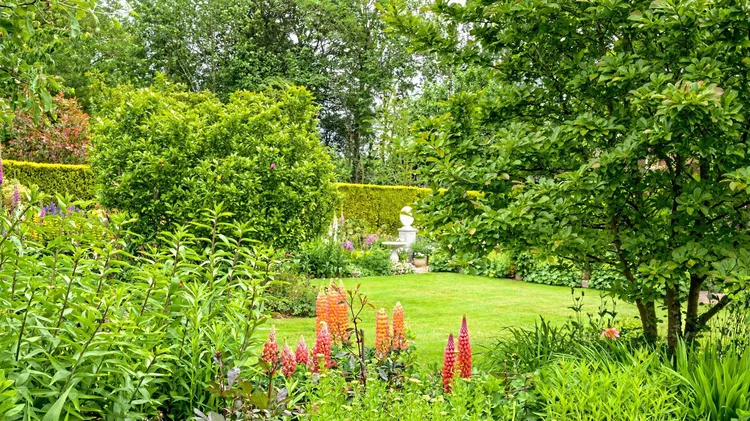This intimate woodland-style garden, glorious in late spring, is as much the r
Winds of change
4 min read
This article is from...
Read this article and 8000+ more magazines and newspapers on Readly






